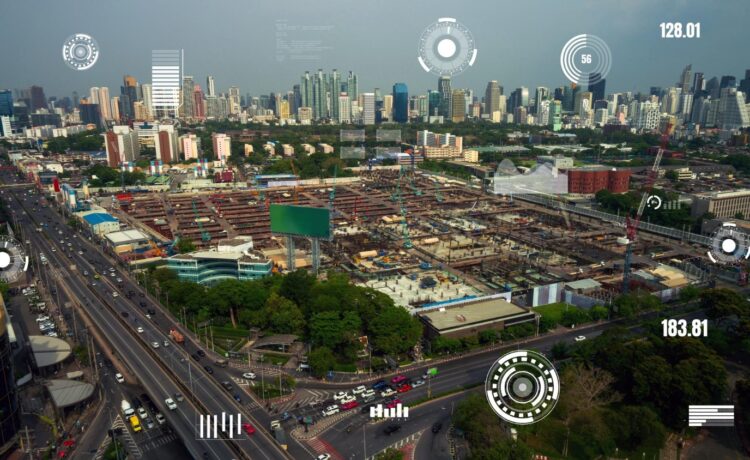Irrespective of whether you are investing in a residential or commercial property, the surroundings providing access to essential amenities, safety, and the vibe of the neighborhood are crucial factors when investing in real estate. Homes in desirable neighborhoods tend to appreciate in value over time and can provide a good return on your investment. Here are some tips for choosing a perfect neighborhood for your dream home.
Set Your Priorities
Before you start looking for your dream home, you need to clearly understand your location priorities including what aspects you require and what can be optional. Security and budget are two crucial factors when selecting a location for your dream home. Other important factors are noise level, proximity to key amenities, workspace, and future growth of the area. You need to also consider aspects of social life when choosing a location. Most people are comfortable buying residential properties in locations closer to their families and friends which ensures they have a support system ready that can be a blessing in difficult times.
Budget
When you are buying a dream home, everything boils down to what you can afford. Make sure the home you want to buy fits in your budget and you are comfortable with the property taxes and maintenance rates in the area. You need to also consider what kind of price appreciation you can expect in the location in the near future.
Research Neighborhoods
Safety is a prime factor when buying a home. Before deciding on a particular location, check local crime statistics online. If you can’t find any, visit a local police station to get the information. Next, check the project’s location and its proximity to schools, colleges, hospitals, shopping centers, grocery, and restaurants.
Transport and Accessibility
Homes with good transportation links and a wide range of amenities tend to have higher valuations. These residential properties offer convenience and improve the quality of life making them attractive to buyers. Check different public transport modes available and their frequency. Also, check the quality of roads and traffic congestion at peak hours.
Demographics and Trends
When researching a particular location, take a look at demographics and trends. What is the growth rate of the population in the city? It will tell you how fast the city is growing. If the population is consistently declining, consider it as a red flag.
Development Plans
Every city administration has a development plan for the city. It ensures the city grows in an organized manner and there is no chaos when accessing essential amenities. Spend some time to know about the development plans for the city. It will give you an idea about upcoming social projects that can improve your quality of life. You can check the city administration website to learn about the past and future development plans to make the lives of its residents easier.
Visit the Neighborhood
Today you can get most information online but that should not stop you from actually visiting the neighborhood before making a final decision. Visit the neighborhood and check the ground realities. Talk to residents and ask about good and bad things about the neighborhood. Most people will share their honest opinion and share the good and bad experiences they had while staying at the location. It will make the picture clearer.
Evaluate Property Specifics
After you have collected adequate information about the neighborhood, it’s time to take a final look at the property specifics. Make sure the home size and its architectural style fit your lifestyle. Also, check the state of homes and public areas in the neighborhood. It will give you an idea about the community care in the neighborhood By carefully considering these factors, you will be closer to selecting your dream home in a good neighborhood and you will cherish your decision after finally moving into your home.



